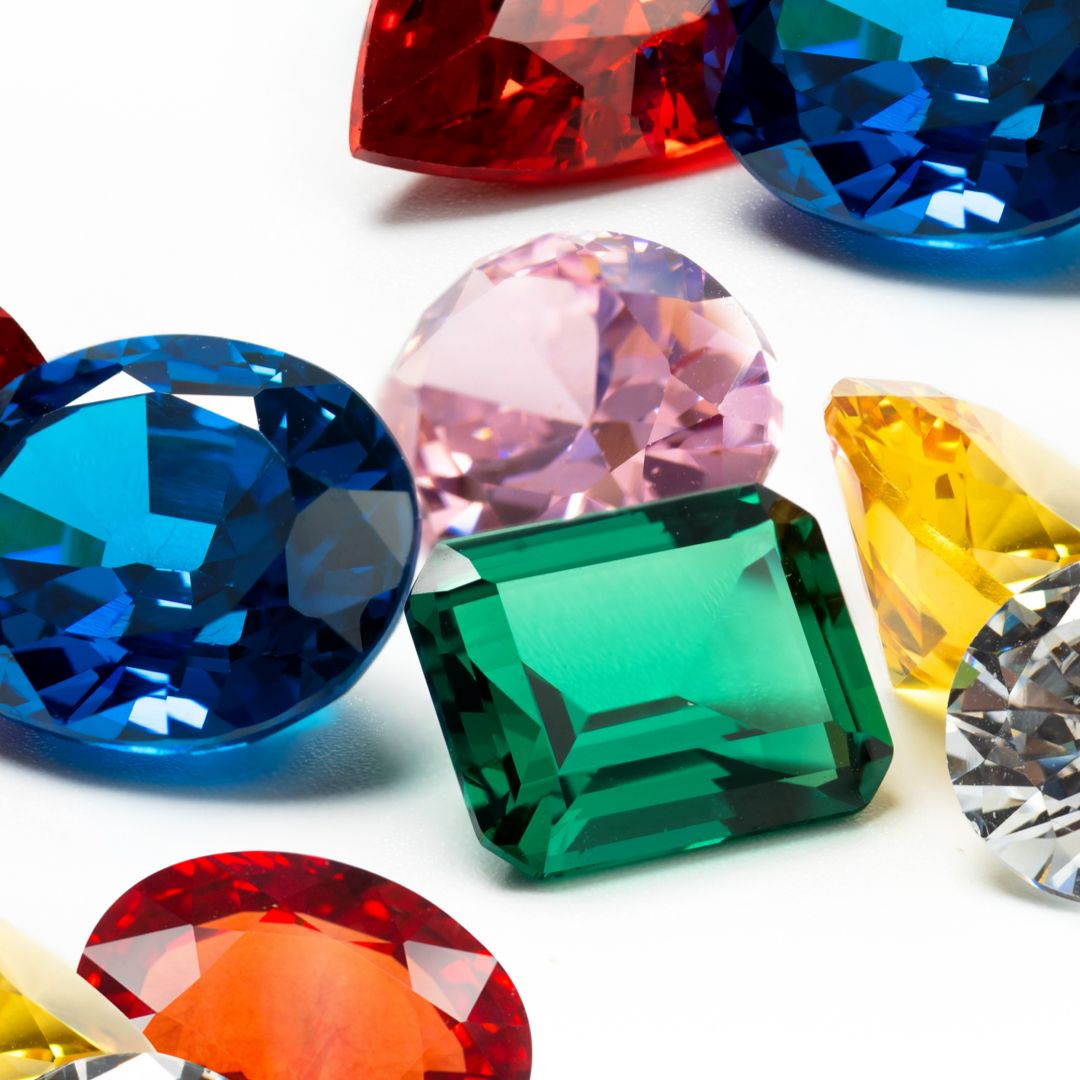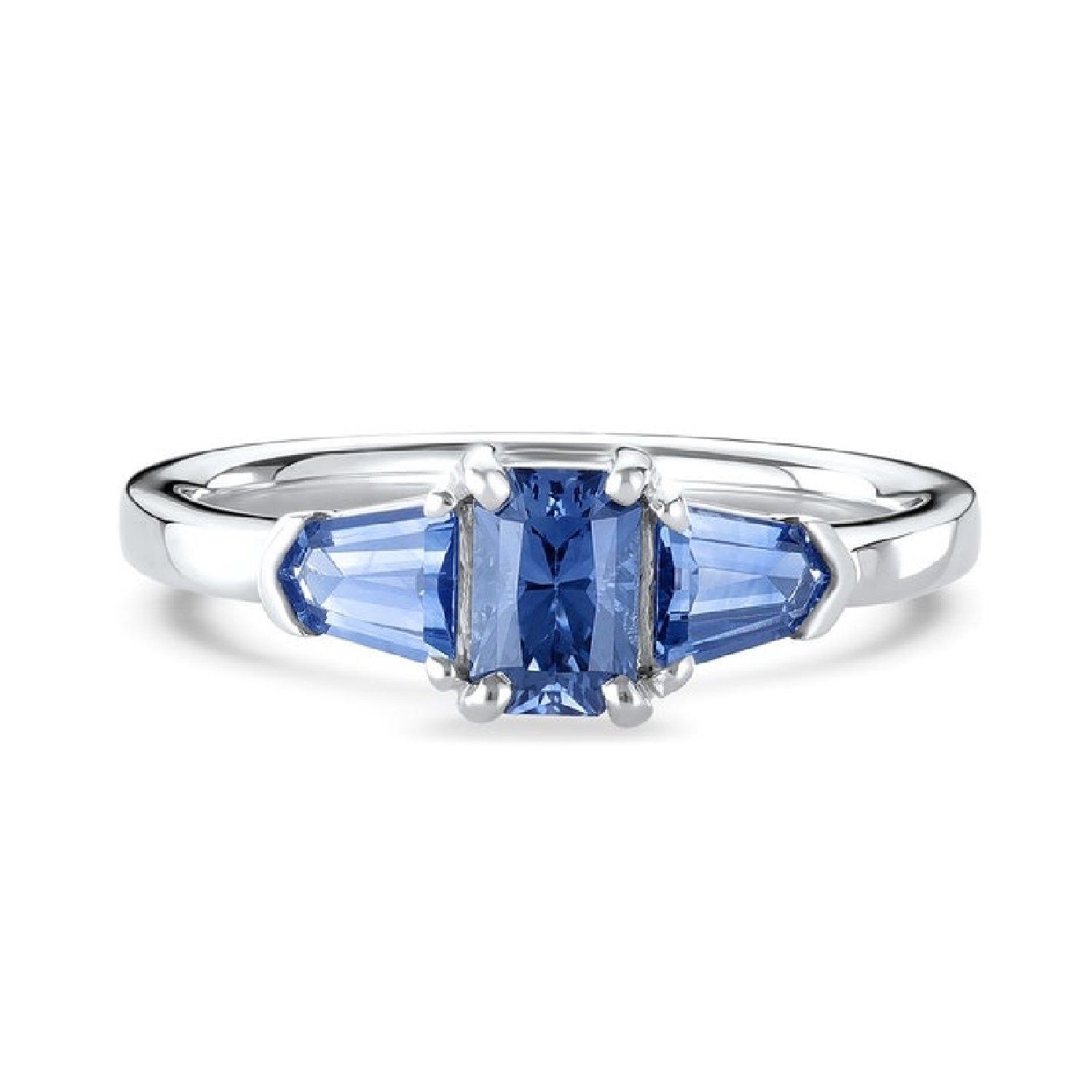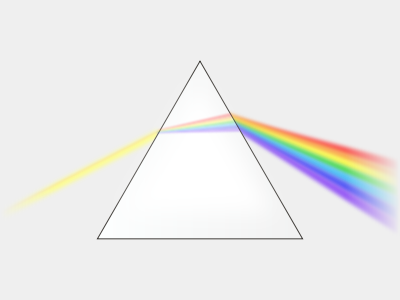What is Citrine?
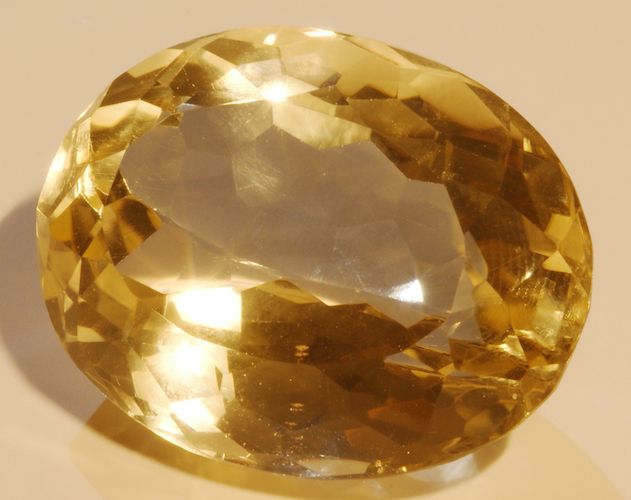
Didier Descouens, CC BY-SA 4.0, via Wikimedia Commons
Citrine (pronounced sitreen) is a semi-precious stone that has been used in jewelry for thousands of years. It’s a member of the quartz family, which also includes amethyst, rose quartz, and quartz crystal.
It’s no surprise that its name comes from the French word “citron”, which means “lemon.” The color of citrine varies from yellow, brownish yellow, greenish-yellow, or orange. Traces of iron being present while citrine is being formed in nature are what give the stone its famous bright color.
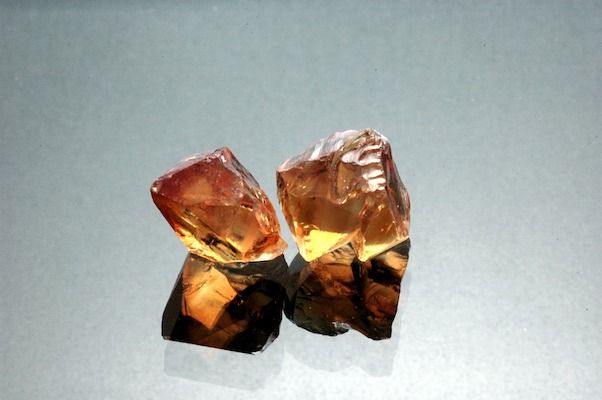
Above: Rough citrine
Citrine is one of November’s birthstones and is considered the gemstone to gift for your 13th anniversary.
Naturally occurring citrine is rare. Most citrine that you see on the market was once an amethyst, which is very abundant in the earth but has been heat-treated (baked at 800 to 900 degrees Fahrenheit) to turn it yellow or orange.
Citrine has a hardness of 7 on the Mohs scale, making it a great choice for jewelry.
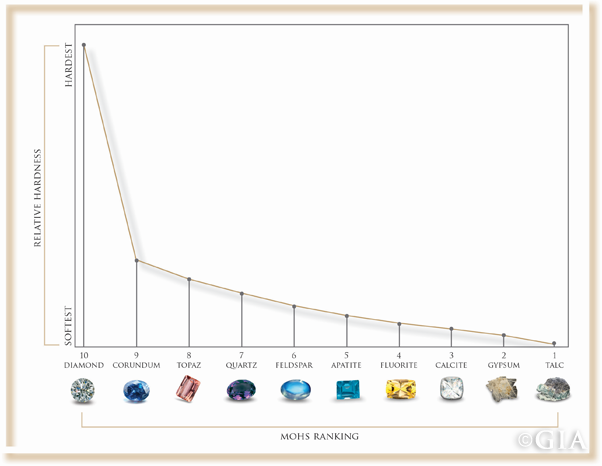
Citrine Meaning
Citrine is said to represent joy, success, and positivity while also bringing prosperity and protection against negative energy to its wearer.
How Much is Citrine Worth?
The price of citrine varies depending on how high-quality it is. Citrine is generally quite affordable and can range from $10 to $30 per carat.
Can Citrine Go in Water?
Yes, it’s okay for citrine to go in the water. Water will not damage your citrine gemstone.
How to Cleanse Citrine
It’s easy to clean citrine with everyday household products. Use mild soap, warm water, and a soft toothbrush to clean the stone. The GIA does not recommend steam cleaners for citrine. Ultrasonic cleaners should be fine, however, stones that have been fracture-filled or dyed should not be cleaned this way.
How to Tell if Citrine is Real
There are a few ways to determine if citrine is real, whether it is in its rough crystal form or if it is a cut and polished gemstone.
Look for Bubbles
Imitation citrine is often made of dyed glass. If you see bubbles in your citrine, it's not real citrine. Genuine citrine does not have bubbles.
Look at its Color
Natural citrine will have a uniform color throughout the stone. If your citrine has dramatic color changes, it is likely a fake stone. Natural citrine also should not have a white base. Guess what gem has a white base? Amethyst.
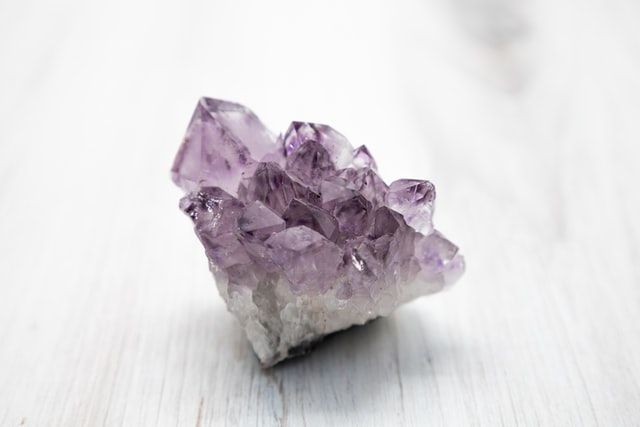
As we discussed earlier, most citrines were once amethysts that have undergone heat treatment, so if your citrine has a white base, it’s a clear sign it’s heat-treated amethyst. However, the white base of heat-treated citrine can be removed in the cutting and polishing process, so this is not always a surefire sign.
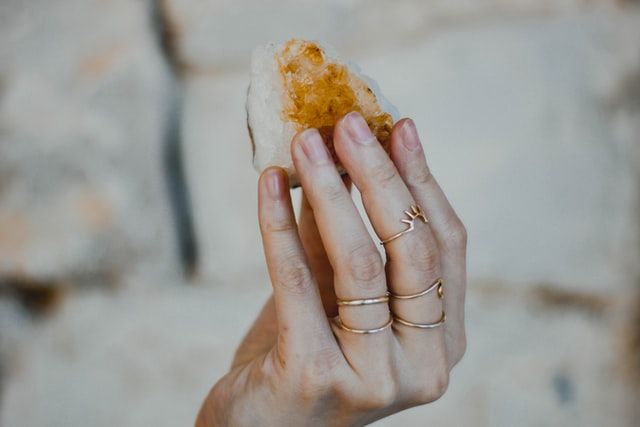
Above: an amethyst that was heat-treated to become citrine
Examine its Clarity
Most citrines are eye-clean, meaning if they have any inclusions, they will not be visible to the naked eye. If your faceted citrine has visible inclusions, this is a sign that it is likely imitation citrine.
Ready to discover your new favorite piece of jewelry?
